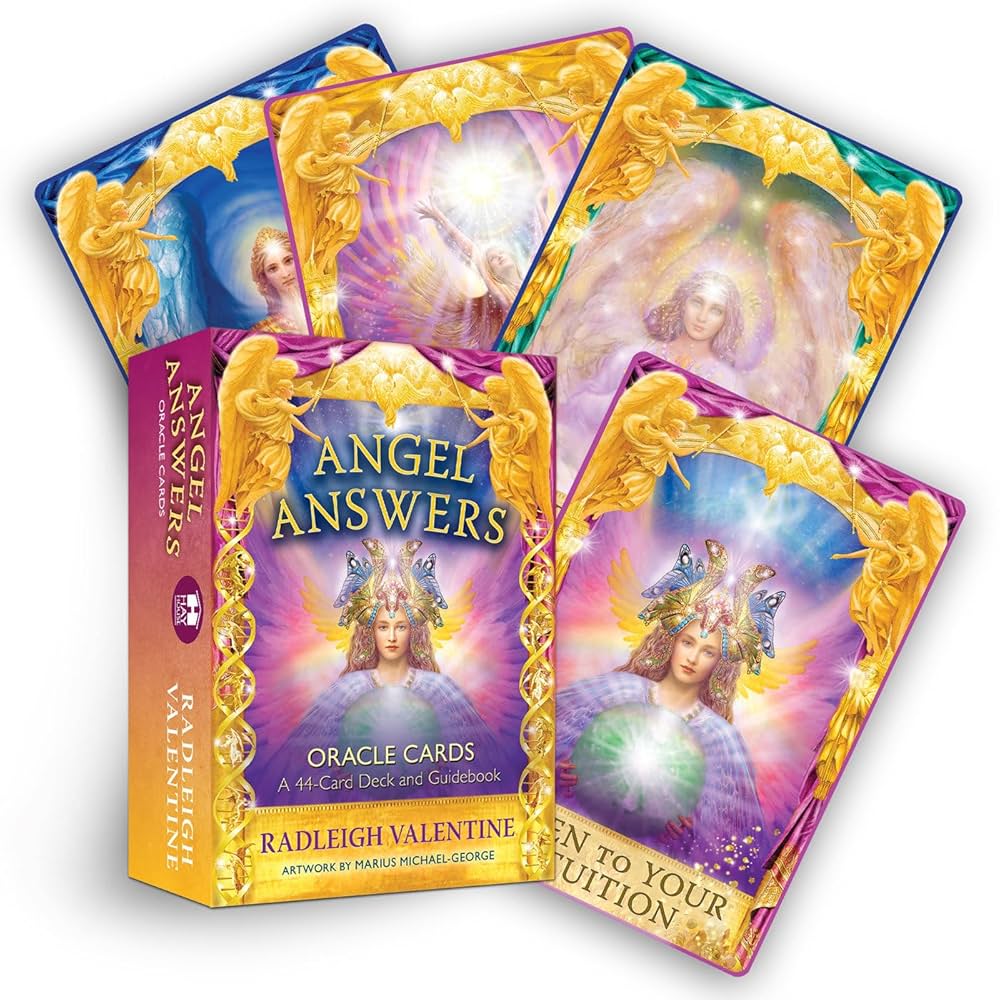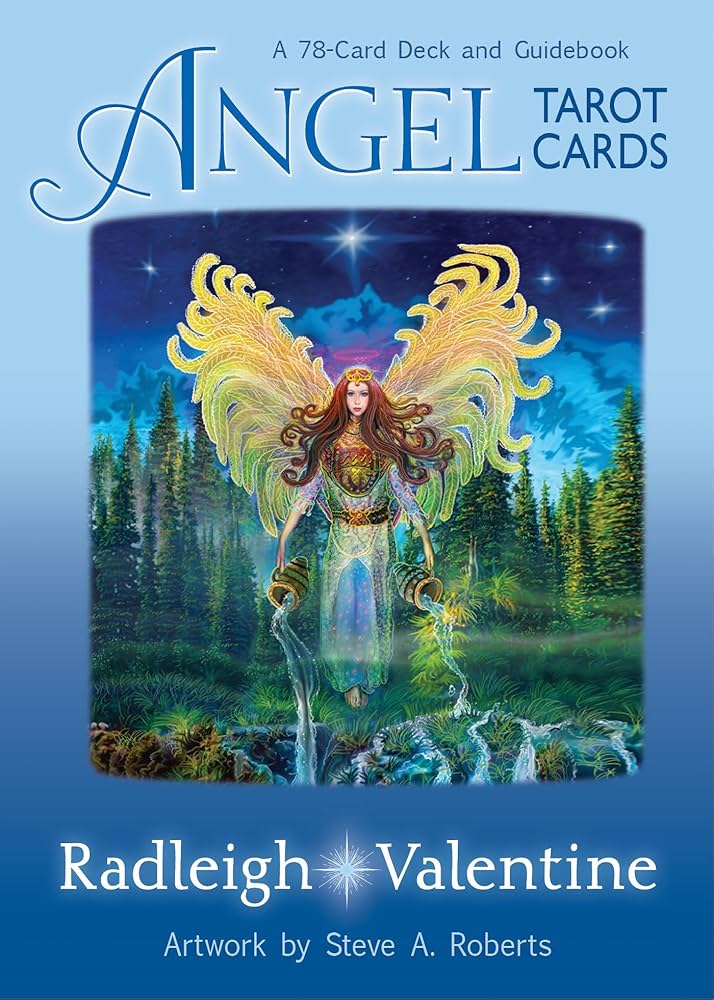My Dive into Angel Tarot with Radleigh Valentine’s Guidebook
Alright, so I wanted to share my little adventure with these Angel Tarot cards by Radleigh Valentine, and specifically, his guidebook. You know, sometimes you hit a point where you’re just looking for… something. A bit of a different perspective, maybe? That’s where I was at. I’d seen these cards around, heard people talking, and figured, why not? Worst case, I’d have some pretty pictures to look at.

So, I got myself a deck. The Angel Tarot. The box was nice, felt sturdy. The cards themselves, well, they’re definitely on the gentler side, visually. Not your traditional, sometimes scary, tarot imagery. That was a plus for me, not gonna lie. I wasn’t looking to get spooked.
Then there was the guidebook by Radleigh Valentine. This was the part I was most curious and, frankly, a bit skeptical about. I’ve flipped through tarot books before, and sometimes they feel like they’re written in another language. Here’s what I did:
- First, I just skimmed it. Got a feel for the layout, how he explained things.
- Then, I decided to actually try and use it. No point just letting it gather dust.
- I started with the basic “how-to” sections. You know, shuffling, asking a question (felt a bit daft doing that at first), and pulling a card.
My initial attempts were clumsy. I’d pull a card, then frantically flip through the guidebook to find its meaning. Radleigh’s explanations are pretty straightforward, which I appreciated. He tries to give you the uplifting, angelic take on things, obviously. But he also gives you some keywords and a general vibe for each card.
My “practice” wasn’t anything fancy. Most days, I’d just pull one card. Sometimes in the morning, sometimes when I just felt a bit stuck. I’d read the entry in the guidebook, sometimes two or three times. I tried not to overthink it, which is hard for me. I’d just let the words sit for a bit.
What I found was, the guidebook became less of a strict “this means that” thing, and more like a prompt. It gave me a starting point. Sometimes a card and its meaning would just click, like, “Ah, okay, I see how that fits with what’s going on.” Other times, it felt a bit generic, like a fortune cookie. But even then, it often made me pause and think, which I guess is the point, right?

There were moments I’d get a card that seemed totally off. And the guidebook’s explanation, while nice, wouldn’t quite connect. That’s when I learned to just sit with it. Or sometimes, I’d realize I was trying too hard to make it fit a specific outcome I wanted. The guidebook doesn’t really let you do that; it gently nudges you to look at the “angelic wisdom” side of things.
I wouldn’t say I’m an expert now, not by a long shot. And I’m still not sure about the whole “angels talking to me” part. But using these cards with Radleigh Valentine’s guidebook has been… interesting. It’s become a small ritual. It forced me to slow down, to consider things from a different angle. The book itself is well-worn now. I’ve made little notes in the margins, things that resonated, or questions I had.
So, yeah, that’s been my journey with it. It wasn’t some earth-shattering revelation every day. More like a quiet conversation, a different way to check in with myself. The guidebook was key to that, making it accessible instead of intimidating. It’s less about predicting the future and more about getting a little nudge or a comforting thought. And sometimes, that’s exactly what you need.